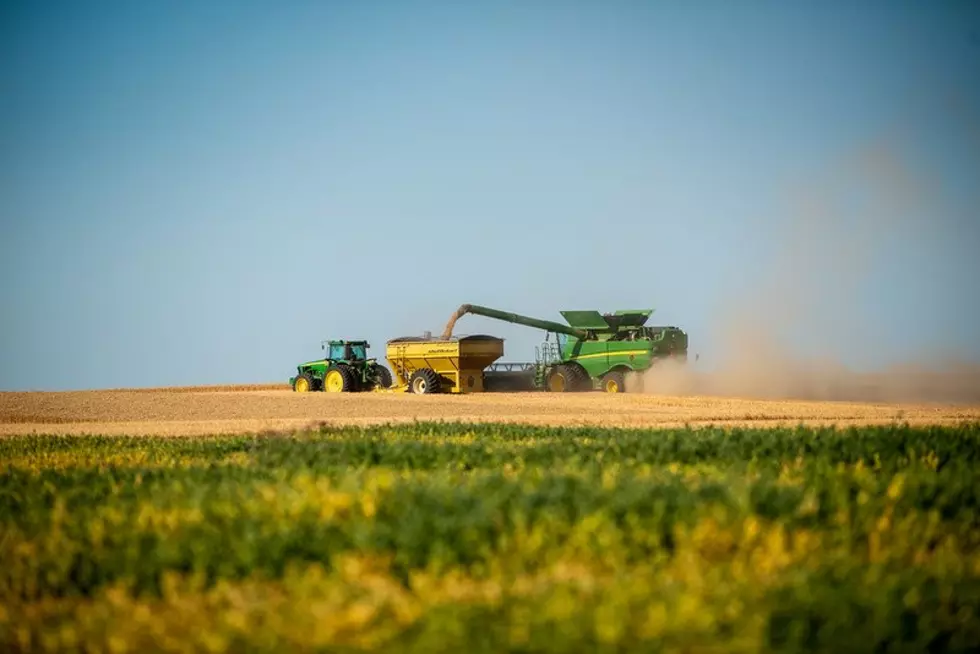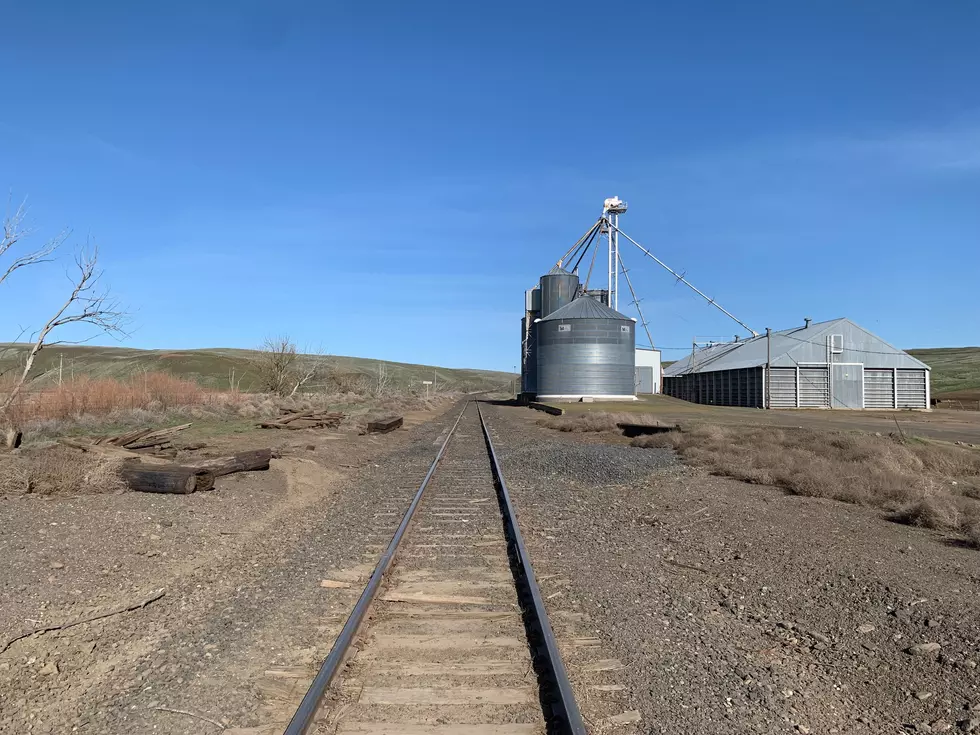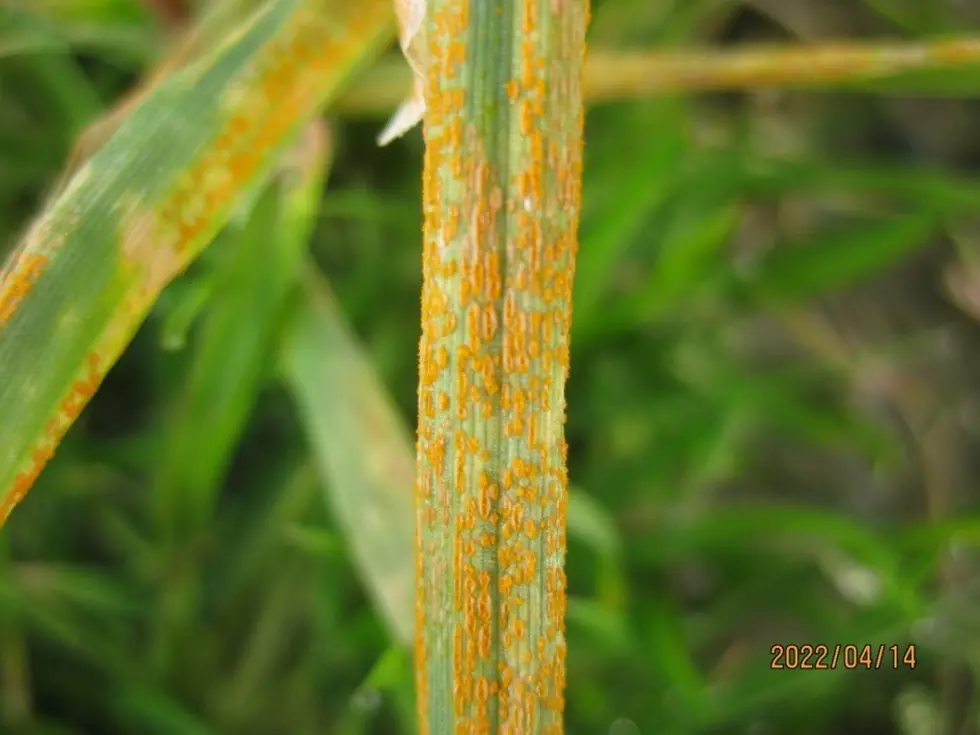
Reports of Stripe Rust Low Across Washington
At this point, it doesn’t look like strip rust is a major problem for Northwest wheat growers. In his most recent Stripe Rust forecast, released Thursday, Dr. Xianming Chen, USDA-ARS Plant Pathologist, said the late winter snow cover and low temperatures combined to reduce overwintering survival of the stripe rust pathogen. Meaning stripe rust was not detected in any commercial fields in his survey of Adams, Benton, Douglas, Franklin, Grant, Lincoln, Walla Walla, and Whitman Counties. That includes the Grant County field where stripe rust was found this fall.
The only stripe rust spotted in this survey was in an experimental plot near Walla Walla, where a few leaves near the soil surface had actively sporulating lesions. The late appearance of stripe rust relative to previous years and the very low intensity is good news for wheat growers. At this time, the benefit of fungicide application with herbicide is marginal and should only be considered in the Walla Walla area and south for moderately susceptible to susceptible varieties rated 5 to 9 in the Washington State Crop Improvement Seed Buyers Guide.
Since stripe rust has yet to make an appearance north of the Walla Walla area, it’s unlikely that a fungicide with herbicide will be beneficial.
This is perhaps the lowest amount of stripe rust present in the inland Northwest at this time of year over the past five to eight years. Although this update is good news, the temperatures over the past month have been unseasonably cool, which reduced rust development. With temperatures expected to increase over the coming weeks, it’s important to scout fields because stripe rust can increase rapidly under favorable conditions. Given the low incidence of rust now, consider fungicide application when 5% rust incidence or severity is found on varieties rated five or greater in the Seed Buyer’s Guide; fungicide application should not be needed for varieties rated four or less.
If you haven’t planted spring wheat yet, remember we always recommend planting the most resistant variety possible (rated 1 to 4) that performs well in your production area. You can use the Variety Selection tool or Seed Buyers Guide, both on this website, to learn more about the resistant ratings of varieties.
If you have a story idea for the Washington Ag Network, call (509) 547-1618, or e-mail gvaagen@cherrycreekradio.com
More From PNW Ag Network









